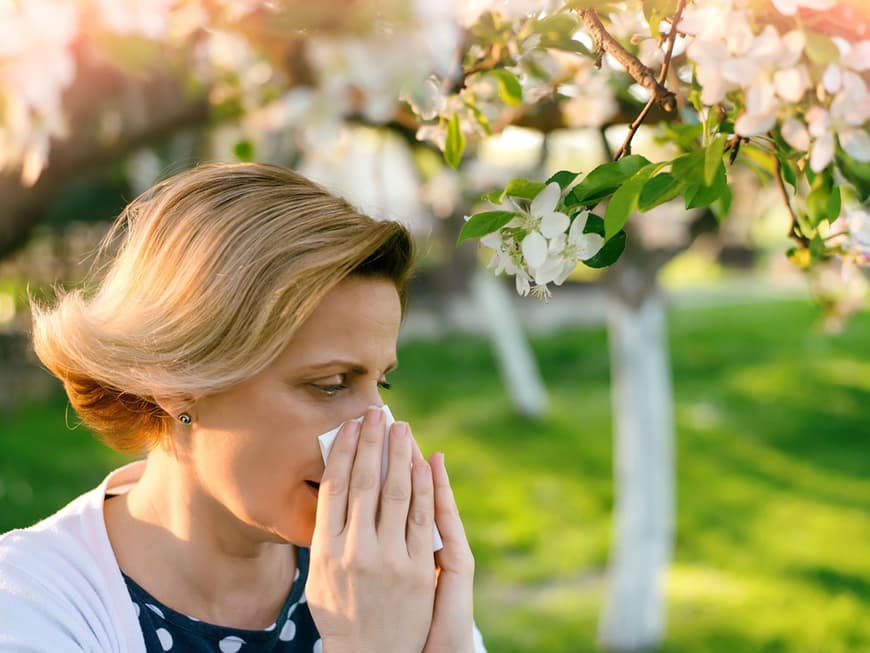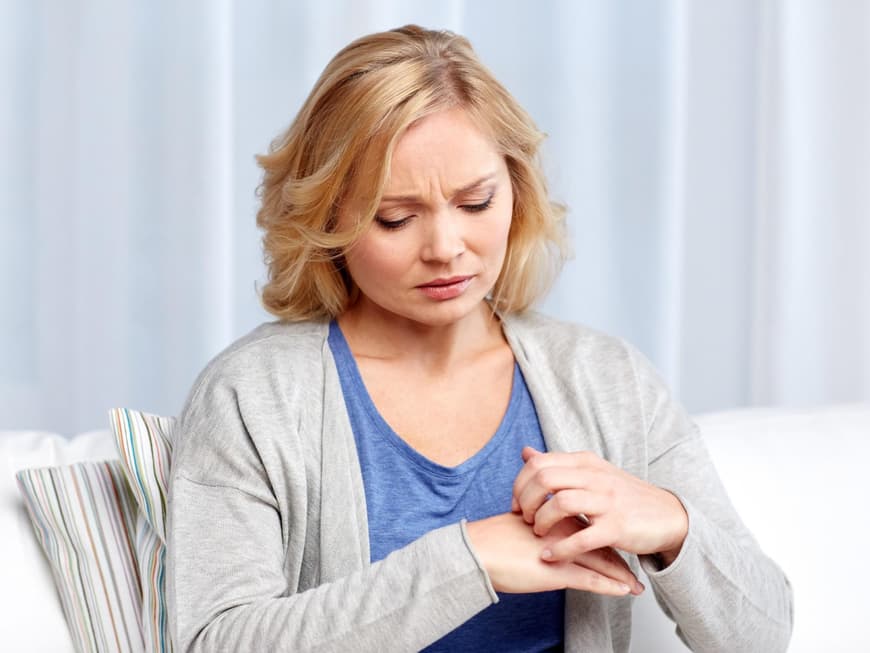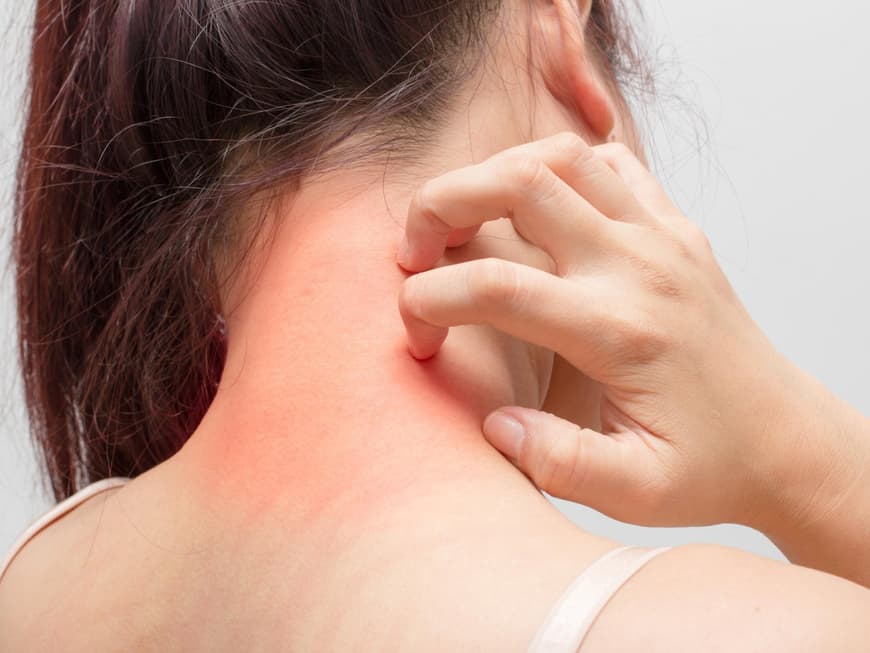How does hay fever develop?
Flower, grass and cereal pollen don't actually harm anyone. So why do so many people react with severe physical symptoms to the almost invisible tiny particles floating around? When the body absorbs foreign substances via the respiratory tract, skin or digestive tract, the body's own defense system checks whether they are potential attackers such as bacteria or viruses. If the immune system recognizes a pathogen, a whole series of defence mechanisms are set in motion. If the substances are harmless, nothing happens.
Occasionally, however, confusion arises and the immune system defends itself against harmless substances found in pollen or house dust. Before an allergy develops, there is a sensitization, the first contact. The unpleasant allergy symptoms can only occur on second contact with the substance. In around 90 percent of allergies, the immune system produces antibodies against the pollen: immunoglobulin E, or IgE for short. The immunoglobulin then leads to the release of histamine when it encounters the same pollen or house dust again.
The tissue messenger histamine then causes the typical symptoms such as swelling and reddening of the mucous membranes, itching in the eyes, nose and throat as well as sneezing and shortness of breath.
Hives: When the skin itches and burns even without an allergy
If the skin itches and wheals and redness form, this can also be an indication of hives. This skin condition is also caused by the release of histamine, but in almost all cases without an allergy mediated by immunoglobulin E. Hives can appear out of the blue and for no apparent reason. Not only do typical hives symptoms such as wheals, redness and itching appear, but swelling can also occur, known as angioedema. These often occur on the lips or eyes. If the windpipe and larynx swell, this can be life-threatening - an emergency doctor should be called immediately.
How are hay fever and hives treated?
The treatment of hay fever and hives is very similar, as the symptoms of both conditions are caused by histamine. Antihistamines block the effect of histamine and can therefore alleviate the symptoms. In the case of hives, the doctor can increase the dosage of antihistamines fourfold if the effect is not sufficient. If this does not help either, the doctor can prescribe biologics. The active ingredient omalizumab specifically neutralizes the effect of IgE in severe allergic asthma and chronic hives. In the case of hay fever and allergies, hyposensitization can be carried out in addition to acute treatment with antihistamines: The allergy-triggering substances are injected into the sufferer in a highly diluted form in order to slowly accustom the immune system to the substance and thus reduce the allergic reaction.
You may also be interested in this:



